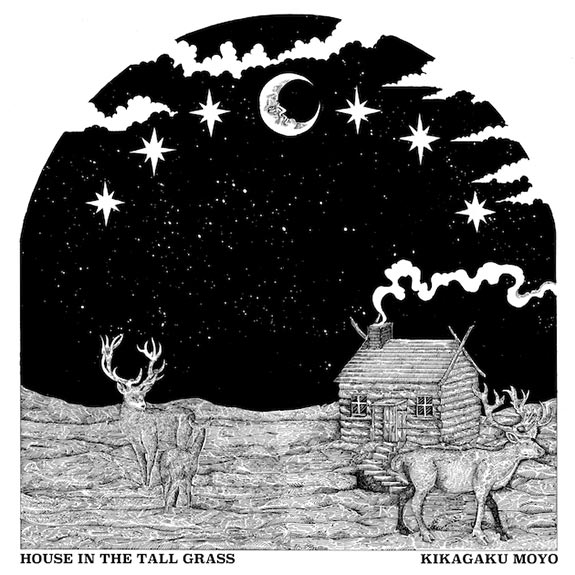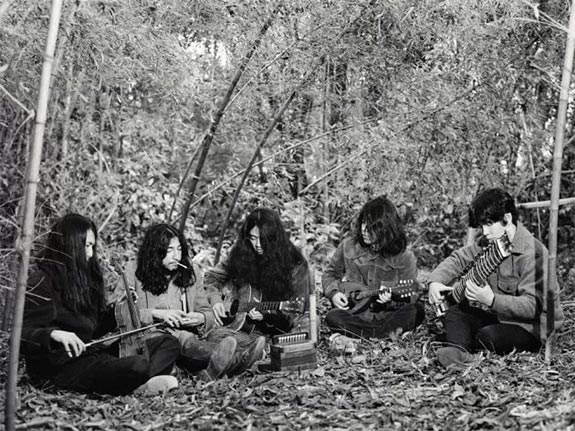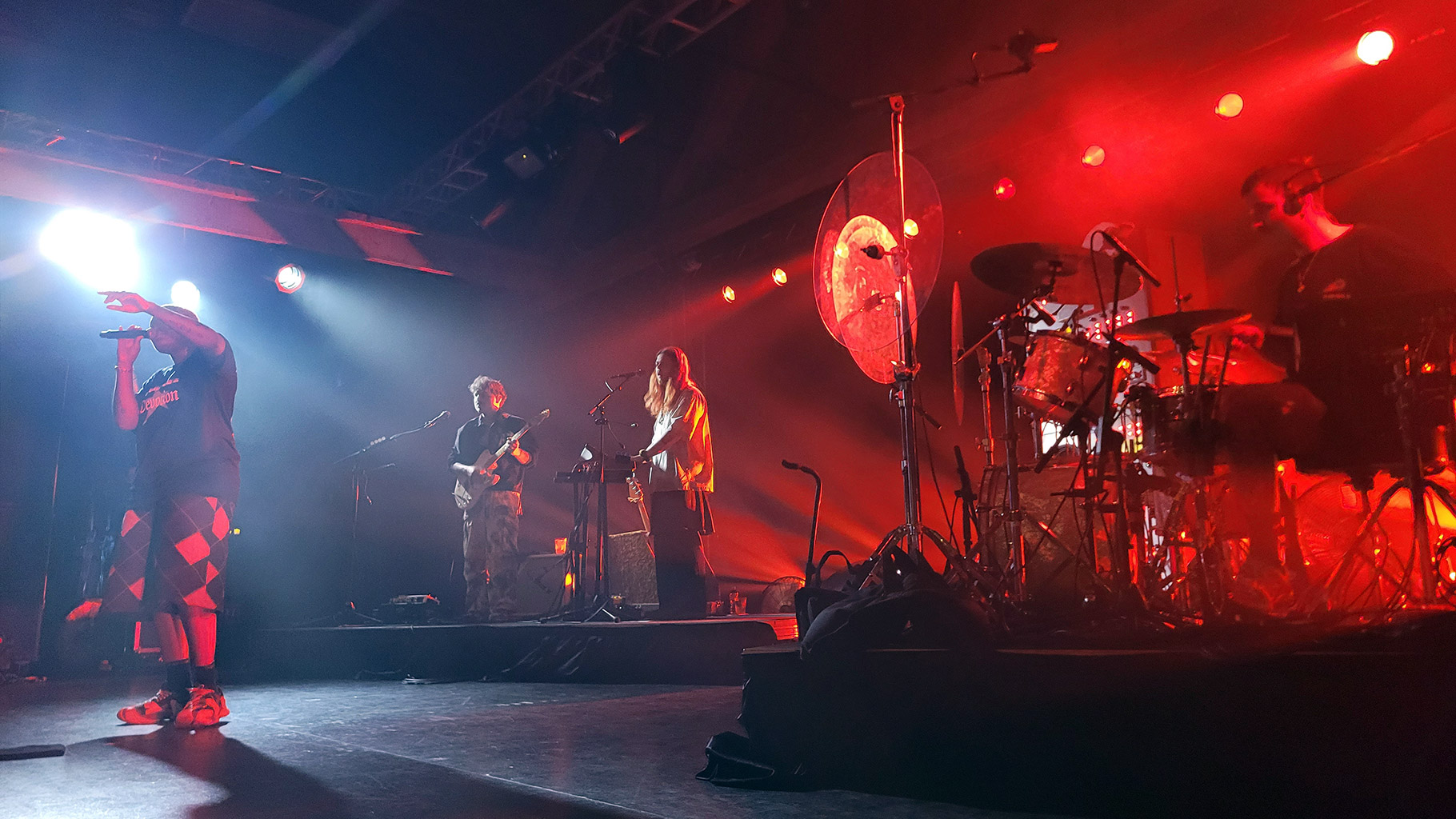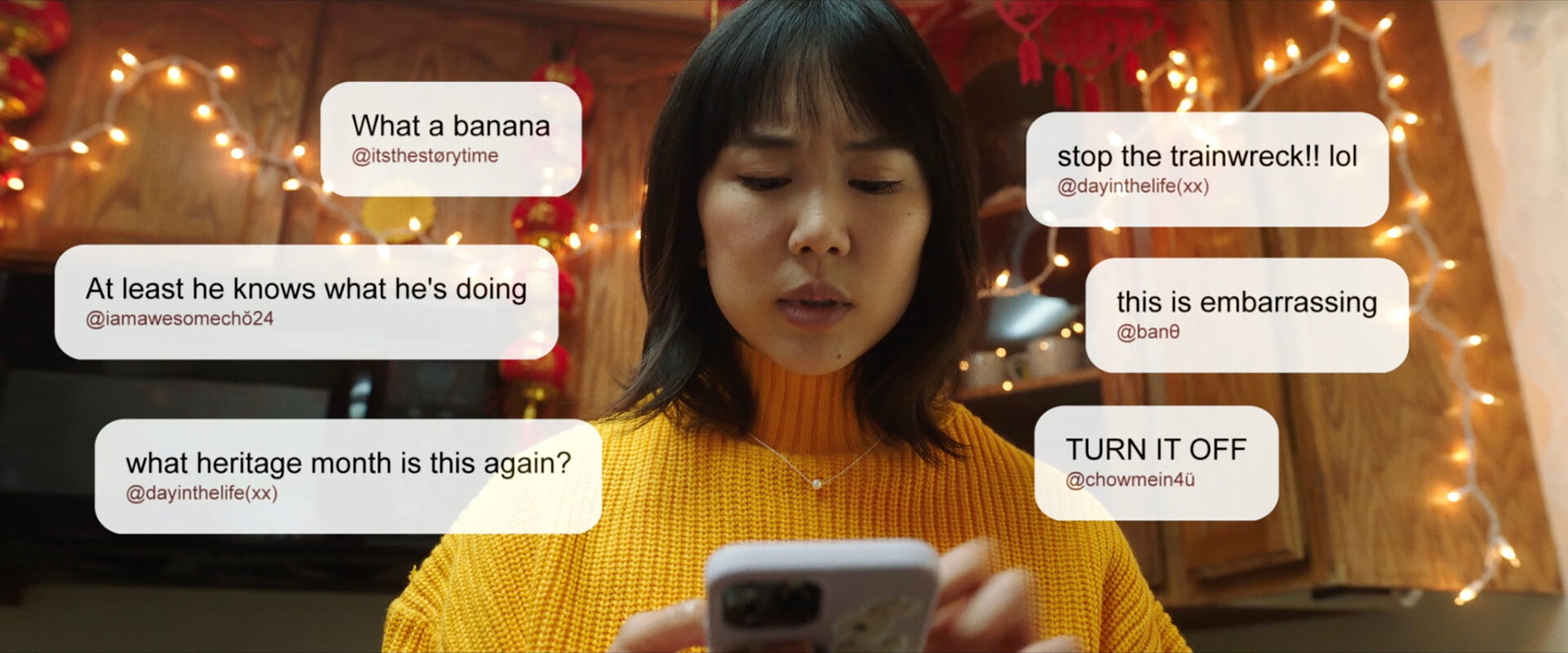
Consider a sentence from Danny Riley of The Quietus, who writes, “The problem comes when artists fail to recognize the elements of their chosen influence that have the potential to catalyze new modes of expression, and take the heritage as gospel.”
This view is understandable, considering the delicate-but-dense tapestry of phase, fuzz, acoustic guitars, sitar, and gravity well reverb of Kikagaku Moyo are undoubtedly as psych as they come. The problem is, a lot of music journalists (and casual listeners) don’t go far enough — stopping with the shorthand of genre and historical associations rather than trying to get to the beating heart of what art is, or why it matters.
What are Kikagaku Moyo going for, with this ’70s palette – all glorious avocado greens and vermillion? What pictures are the band trying to convey, and what scenes are they trying to set, with the celestial organ drone of “Fata Morgana” or the shivering, tremulous acoustic guitars of “Melted Crystal”?
One hint comes with the album title, House in the Tall Grass — especially when compared to previous titles like The Forest Of Lost Children and Mammatus Cloud, both of which have sheltered, hidden connotations.
 Instead, House in the Tall Grass is wide out in the open; a peaceful place for people to gather. It seems like a sonic corollary of The Garden Of Lemuel Lo, from Clive Barker’s magickal, mythical fantasy novel, Weaveworld. Like the Garden, and the Weave itself, Kikagaku Moyo’s House is there whenever you need it — just press play — and able to be rolled up and put away upon completion, for the next rainy day or when you need a dose of whimsy or peace.
Instead, House in the Tall Grass is wide out in the open; a peaceful place for people to gather. It seems like a sonic corollary of The Garden Of Lemuel Lo, from Clive Barker’s magickal, mythical fantasy novel, Weaveworld. Like the Garden, and the Weave itself, Kikagaku Moyo’s House is there whenever you need it — just press play — and able to be rolled up and put away upon completion, for the next rainy day or when you need a dose of whimsy or peace.
Critics and listeners also tend to act like frogs in pots of boiling water, losing perspective on the genres as they develop. Until the 2010s, it just wasn’t that common to hear fuzzy stoner rock, like the pulsing, hypnotic “Dune” next to bouncing, sunny African guitars, a la “Trad”, or the dreamy, crystalline folk of “Old Snow, White Sun”.
Considering track titles like “Green Sugar”, “Old Snow, White Sun”, and “Melted Crystal”, it is tempting to interpret House in the Tall Grass as a home in some sort of forest clearing as winter gives way to spring. The sap begins to flow, the blood begins to quicken, the air swarms with pollen and buzzes with bees, while the first sweet winds of spring crest over the horizon. It’s exciting and gently peaceful, all at the same time.
If you’re listening to music solely for novelty, looking for some new far out sounds to freak out your parents, you might look elsewhere. Those interested in a painterly approach to both sonics as well as cultural genetics will fall in love with Kikagaku Moyo’s blissful, peaceful world.
Ω






